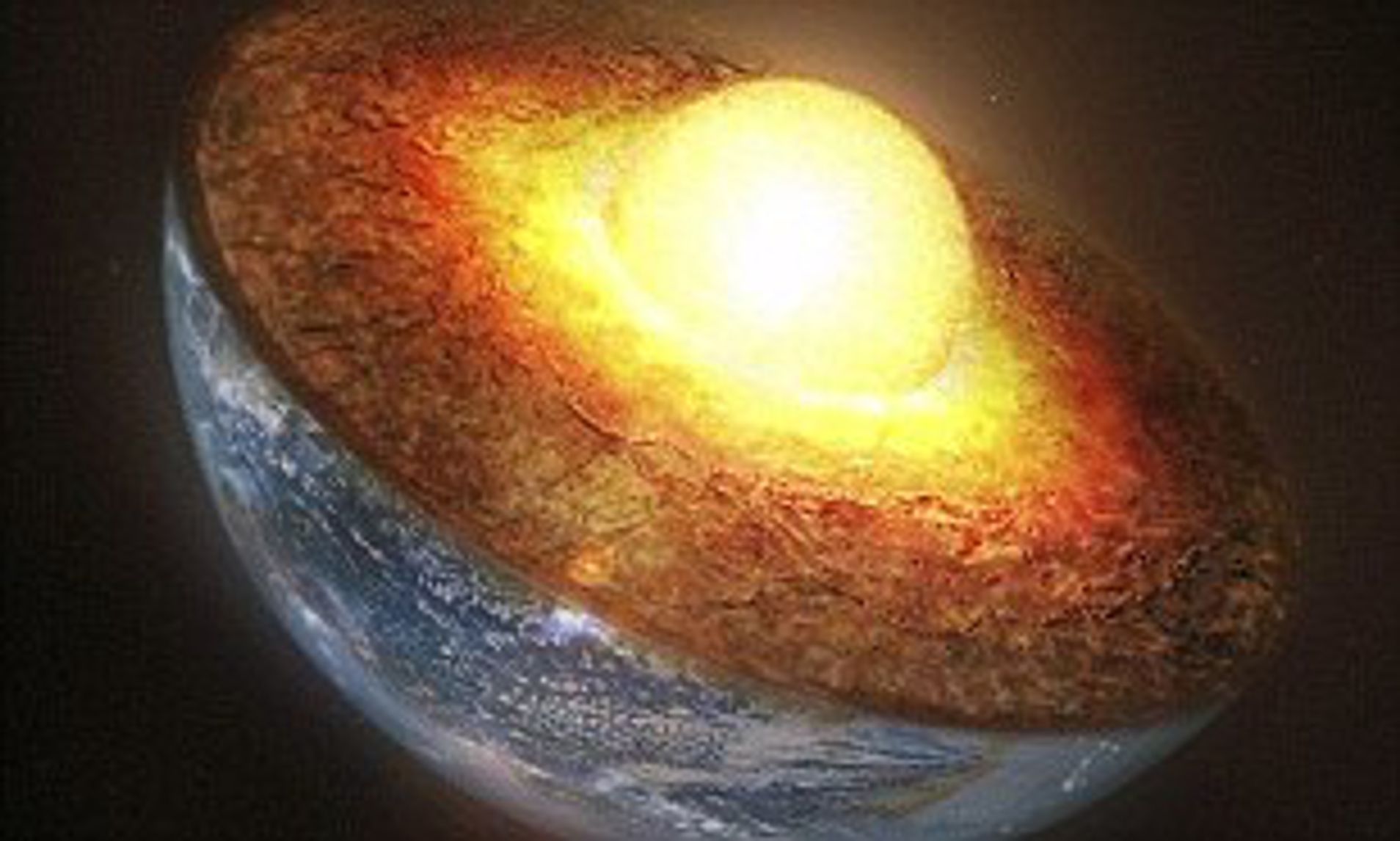Sun is the star at the central point of the Close planetary system. It is an almost ideal circle of hot plasma with an interior convective movement that produces an attractive field using a dynamo process. It is one of the most significant sources of strength to life on Earth and is also responsible for the diverse weather we experience in daily life. Sun is a yellow star that has amazing and interesting facts.
How hot is the Sun?
Energy generates at Sun’s core through nuclear fusion. That’s why hydrogen converts into Helium. Gravity causes powerful pressure, and temperatures expand up to 27 million degrees Fahrenheit. That energy then radiates apparent in the sun’s internal radiative zone, which lacks the heat and pressure that is a reason for fusion. In that zone, temperatures drop from 12.6-3.6 million Fahrenheit. In the subsequent zone, termed as the convective zone, plasma foams transmit heat to the surface. This zone crosses about 3.6 million F.

Different parts of the Sun rotate at different speeds
Contrasting from our Earth, the sun has formed from a huge ball of plasma and gas. Furthermore, it is not solid like the other 8 planets and the moon. Like all parts of Earth revolves around the axis at the same time. This means the north and south poles spin at the exact time and same speed. But the case of the sun is diverse, and it counts in interesting facts, it doesn’t rotate at an exact time or speed due to comprises of gas or plasma that rotate at diverse times or speeds depending upon where they are located on the sun. You can perceive how quickly the surface is spinning by following the development of sunspots over the surface. Districts at the equator take 25 days to finish one rotation, while features at the poles can take 36 days. Within the Sun, it appears to take around 27 days.

The Sun is the Solar System
The solar system is the gravitationally confined composition of the Sun and the matters surrounding it, either directly or indirectly. The eight planets include our Earth, the dwarf planets, and small Solar System bodies. We live on the Earth, so we believe it’s an equivalent individual of the solar system. In any case, that couldn’t possibly be more off-base. The mass of the Sun represents 99.8% of the mass of the nearby planetary group. Furthermore, the vast majority of that last 0.2% originates from Jupiter. So, the mass of the Earth is a small amount of the mass of the solar system. Truly, we scarcely exist here.

Sun’s light takes just eight minutes to reach Earth
Interesting and amazing facts about the sun are that light the sun is providing to us it can reach us just in 8 minutes. The Sun has an average distance of 150 million kilometers from the Earth. Light takes in traveling almost 300,000 kilometers per second. It dividing one by the other gives us an estimated time of 500 seconds. Though this energy reaches Earth in just a few minutes, it will already have taken millions of years to travel from the Sun’s core to the surface of the earth.

The Sun is huge, but looks tiny
One of the amazing and interesting facts about the Sun is that when we look from Earth it looks tiny from far away. But the reality is different, it has a diameter of 109 times bigger than the size of the Earth. You could adjust 1.3 million of Earth inside the Sun. That is so huge, however, there are a lot of greater stars out there. For instance, the greatest star that we are aware of would nearly arrive at Saturn if it was set inside the nearby planetary group.

Sun’s strong magnetic field
Another interesting fact about the sun is that it has a very strong magnetic field. The magnetic energy released through the Sun during magnetic storms causes solar flares. We see these as sunspots. In sunspots, the magnetic lines curve and they turn, much like a tornado would on Earth.

1 million Earths could fit inside the Sun
An interesting fact about the sun is that an empty Sun would fit around 960,000 circular Earth. Whenever crunched inside with no squandered space, at that point around 1,300,000 would fit inside. The Sun’s surface region is multiple times that of the Earth’s.

